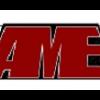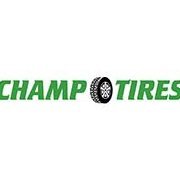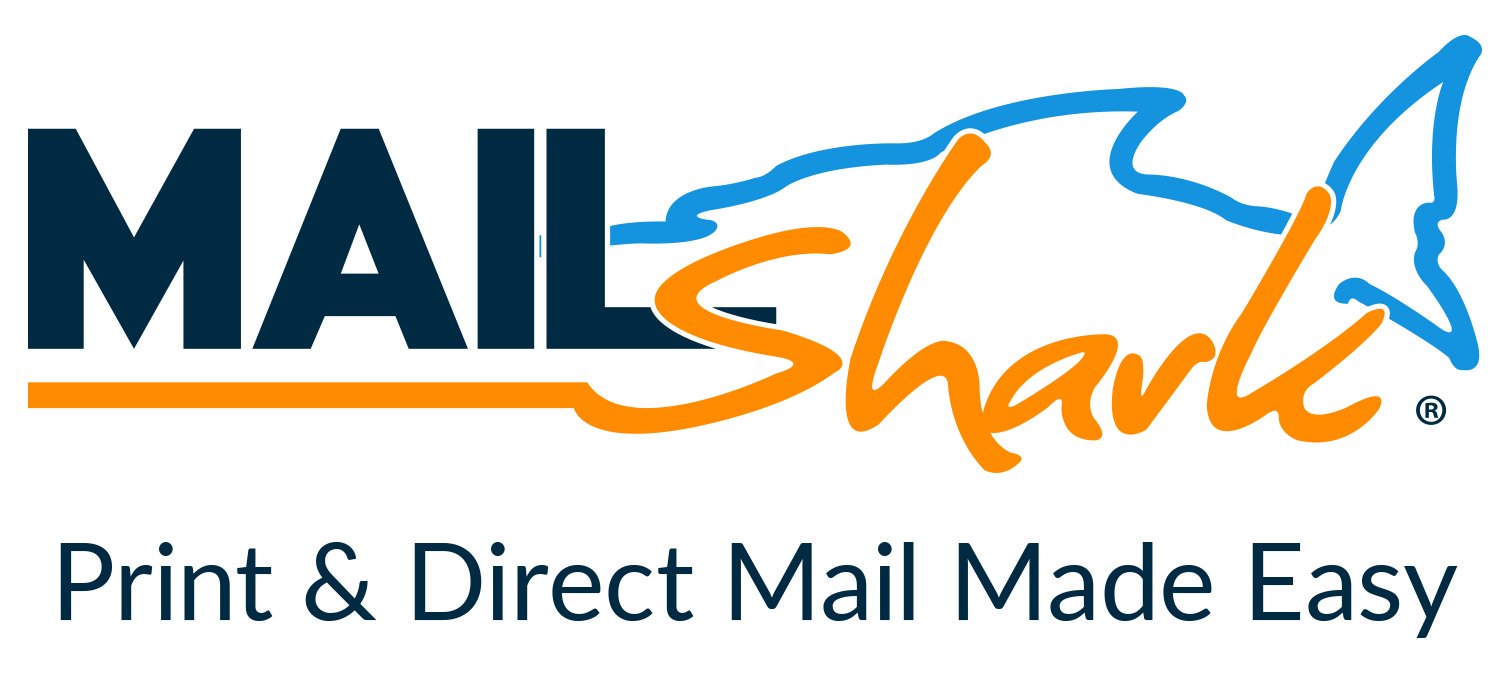COUNTER MEASURES
-
Have you checked out Joe's Latest Blog?
-
By Joe Marconi in Joe's Blog5 commentsI recently spoke with a friend of mine who owns a large general repair shop in the Midwest. His father founded the business in 1975. He was telling me that although he’s busy, he’s also very frustrated. When I probed him more about his frustrations, he said that it’s hard to find qualified technicians. My friend employs four technicians and is looking to hire two more. I then asked him, “How long does a technician last working for you.” He looked puzzled and replied, “I never really thought about that, but I can tell that except for one tech, most technicians don’t last working for me longer than a few years.”
Judging from personal experience as a shop owner and from what I know about the auto repair industry, I can tell you that other than a few exceptions, the turnover rate for technicians in our industry is too high. This makes me think, do we have a technician shortage or a retention problem? Have we done the best we can over the decades to provide great pay plans, benefits packages, great work environments, and the right culture to ensure that the techs we have stay with us?
Finding and hiring qualified automotive technicians is not a new phenomenon. This problem has been around for as long as I can remember. While we do need to attract people to our industry and provide the necessary training and mentorship, we also need to focus on retention. Having a revolving door and needing to hire techs every few years or so costs your company money. Big money! And that revolving door may be a sign of an even bigger issue: poor leadership, and poor employee management skills.
Here’s one more thing to consider, for the most part, technicians don’t leave one job to start a new career, they leave one shop as a technician to become a technician at another shop. The reasons why they leave can be debated, but there is one fact that we cannot deny, people don’t quit the company they work for, they usually leave because of the boss or manager they work for.
Put yourselves in the shoes of your employees. Do you have a workplace that communicates, “We appreciate you and want you to stay!”
-
-
Similar Topics
-
By Joe Marconi
Premium Member Content
This content is hidden to guests, one of the benefits of a paid membership. Please login or register to view this content.
-
By Joe Marconi
Premium Member Content
This content is hidden to guests, one of the benefits of a paid membership. Please login or register to view this content.
-
By nptrb
Premium Member Content
This content is hidden to guests, one of the benefits of a paid membership. Please login or register to view this content.
-
By carmcapriotto
Thanks to our Partner, NAPA Auto Care Andy Bizub explores the influential book "Driving Force: Extraordinary Results with Ordinary People" by Peter Schultz. Dive into the pivotal role of culture in business success with personal insights on maintaining a positive work environment. This episode is packed with wisdom for business owners and leaders seeking to improve their operations and team dynamics. Andy Bizub, Midwest Performance Cars, Chicago and Northbrook, IL. Andy’s previous episodes HERE. Show Notes
Email Lori Schutz for your copy of "The Driving Force: Extraordinary Results with Ordinary People": [email protected] Leadership Book Insights (00:02:07 ) Exploring 'The Driving Force by Peter Schutz's' perspectives on leadership and empowerment. Book's Business Influence (00:03:04) The book's influence on leadership strategies and business operations. Book Discussion (00:05:35) Diving into the book's content and its effects on businesses. Cultural Preservation (00:06:34) The role of culture in maintaining successful business practices. Toxic Employees (00:10:41) Addressing the challenges of toxic employees in the workplace. Empowering Leadership (00:12:14) How leaders can empower their employees to achieve excellence. Employee Growth (00:13:27) Encouraging employees to grow and potentially outperform their leaders. Team Diversity (00:15:27) The benefits of having a diverse and skilled team. Overcoming Barriers (00:18:39) Sharing a story about overcoming barriers at Cummins Engine and its relevance to shop communication. Communication Barriers (00:20:04) The effects of cultural and physical barriers on shop communication. Slack for Shop Communication (00:22:31) Using Slack to improve communication and reduce barriers in the shop. Customer Quality (00:23:42) The impact of customer quality on business success. Customer Vetting (00:29:58) Identifying red flags and conveying service value to potential customers.
Thanks to our Partner, NAPA Auto Care Learn more about NAPA Auto Care and the benefits of being part of the NAPA family by visiting https://www.napaonline.com/en/auto-care Connect with the Podcast: -Follow on Facebook: https://www.facebook.com/RemarkableResultsRadioPodcast/ -Join Our Private Facebook Community: https://www.facebook.com/groups/1734687266778976 -Subscribe on YouTube: https://www.youtube.com/carmcapriotto -Follow on LinkedIn: https://www.linkedin.com/in/carmcapriotto/ -Follow on Instagram: https://www.instagram.com/remarkableresultsradiopodcast/ -Follow on Twitter: https://twitter.com/RResultsBiz -Visit the Website: https://remarkableresults.biz/ -Join our Insider List: https://remarkableresults.biz/insider -All books mentioned on our podcasts: https://remarkableresults.biz/books -Our Classroom page for personal or team learning: https://remarkableresults.biz/classroom -Buy Me a Coffee: https://www.buymeacoffee.com/carm -The Aftermarket Radio Network: https://aftermarketradionetwork.com -Special episode collections: https://remarkableresults.biz/collections
Click to go to the Podcast on Remarkable Results Radio

-
By champtires
Premium Member Content
This content is hidden to guests, one of the benefits of a paid membership. Please login or register to view this content.
-
-
-
Our Sponsors





.thumb.jpg.2b345efc275b9df0af2bbb306a10a78a.jpg)













Recommended Posts